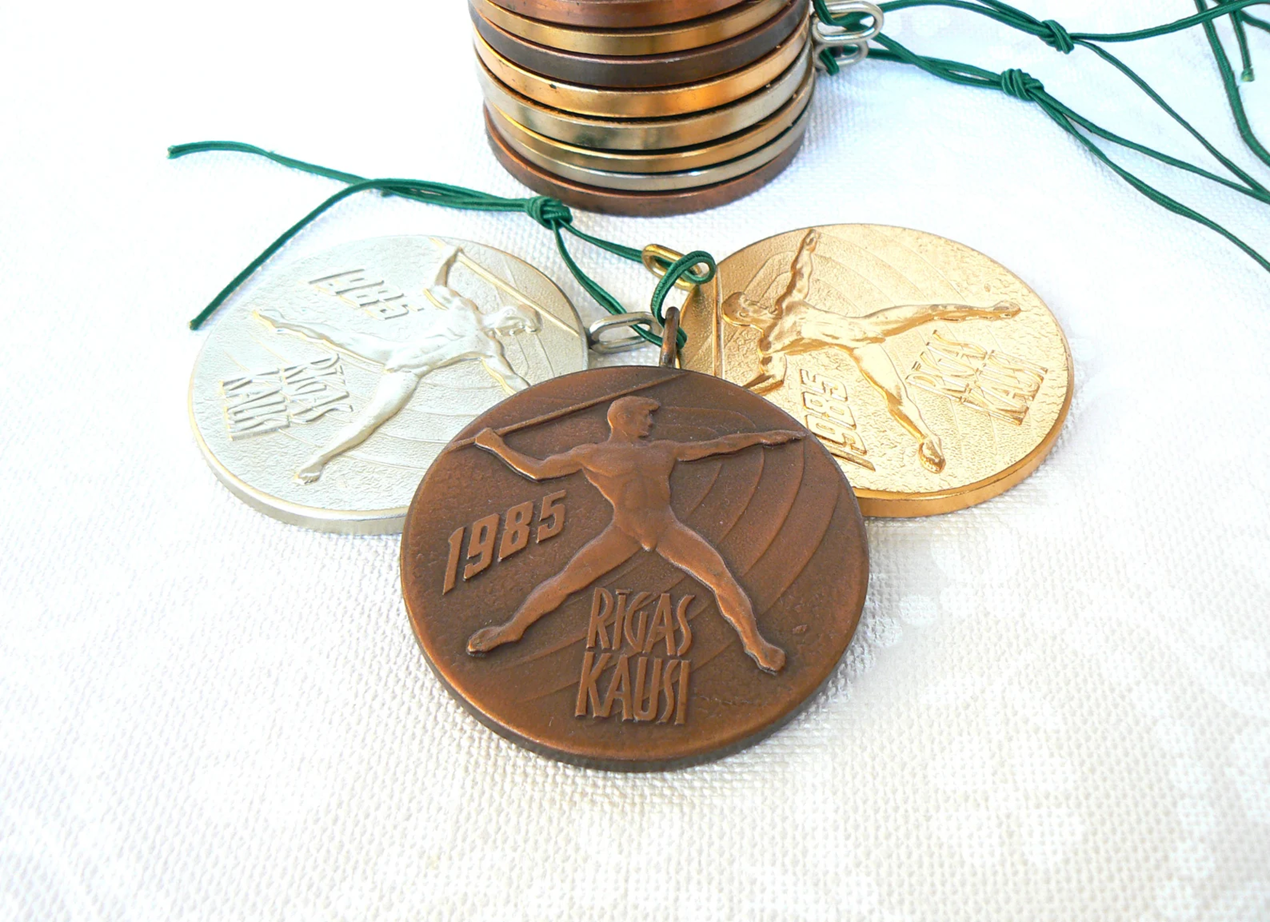Athletics at the Summer Olympics: Javelin Throw Medals
The Summer Olympics is the grandest stage for athletic excellence, with track and field events capturing the imagination of sports enthusiasts worldwide. Among these events, the javelin throw holds a special place. Combining strength, technique, and precision, the javelin throw tests the limits of human capability and has produced some of the most memorable moments in Olympic history.
Origins of Javelin Throw in the Olympics
The javelin throw has been a part of the modern Olympic Games since 1908 for men and 1932 for women. Its roots trace back to ancient Greece, where it was featured in the pentathlon as both a sport and a skill essential for warfare. Over the years, advancements in technique and equipment have evolved the discipline, making it a highlight of the track and field program.
Legendary Performances and Medal Winners
The Olympic javelin throw has seen iconic performances by athletes who have redefined the event. Some of the most notable achievements include:
- Jan Železný (Czech Republic): Widely regarded as the greatest javelin thrower of all time, Železný won three consecutive Olympic gold medals in 1992, 1996, and 2000. His technical mastery and consistency set him apart, and his world record throw of 98.48 meters still stands.
- Andreas Thorkildsen (Norway): Thorkildsen achieved back-to-back Olympic golds in 2004 and 2008, showcasing incredible athleticism and composure under pressure.
- Neeraj Chopra (India): At the Tokyo 2020 Olympics, Neeraj Chopra made history by winning India’s first-ever gold medal in athletics. His throw of 87.58 meters in the final was a moment of immense pride for the nation and cemented his status as a global star in the sport.
On the women’s side, athletes like Barbora Špotáková from the Czech Republic have left an indelible mark. Špotáková’s gold medal performances in 2008 and 2012 showcased her dominance in the event.
Evolution of Technique and Equipment
Over the years, changes in javelin design have played a significant role in shaping the sport. To ensure safety and fair competition, modifications were made to the javelin’s center of gravity in the 1980s, resulting in shorter throws and reducing the risk of javelins landing outside the designated area. This change also challenged athletes to adapt their techniques and innovate.
The Global Impact of Javelin Throw Medals
Winning an Olympic medal in the javelin throw is not just a personal achievement but also a source of immense national pride. For smaller nations, victories in athletics often inspire a surge in interest and investment in sports. Neeraj Chopra’s gold, for instance, has sparked a renaissance in track and field in India, encouraging young athletes to pursue the sport with renewed vigor.
Looking Ahead
The future of the javelin throw looks promising, with emerging talents from around the world pushing the boundaries of the sport. As technology and training methods continue to evolve, we can expect even more thrilling performances at future Olympic Games.
Conclusion
The javelin throw remains a captivating event in the Summer Olympics, blending tradition, athleticism, and innovation. From historic performances to modern-day breakthroughs, it continues to inspire athletes and fans alike. With every Olympic medal, the javelin throw’s legacy grows, leaving an indelible mark on the world of sports.



Leave a Reply